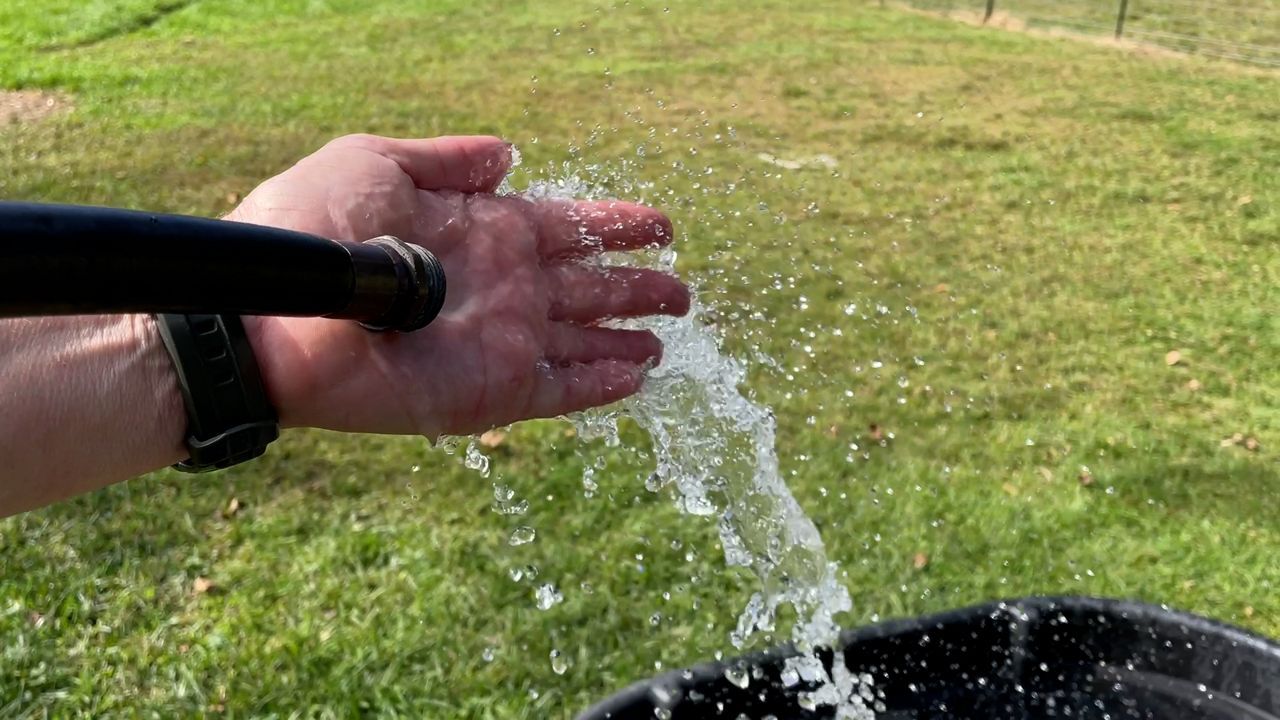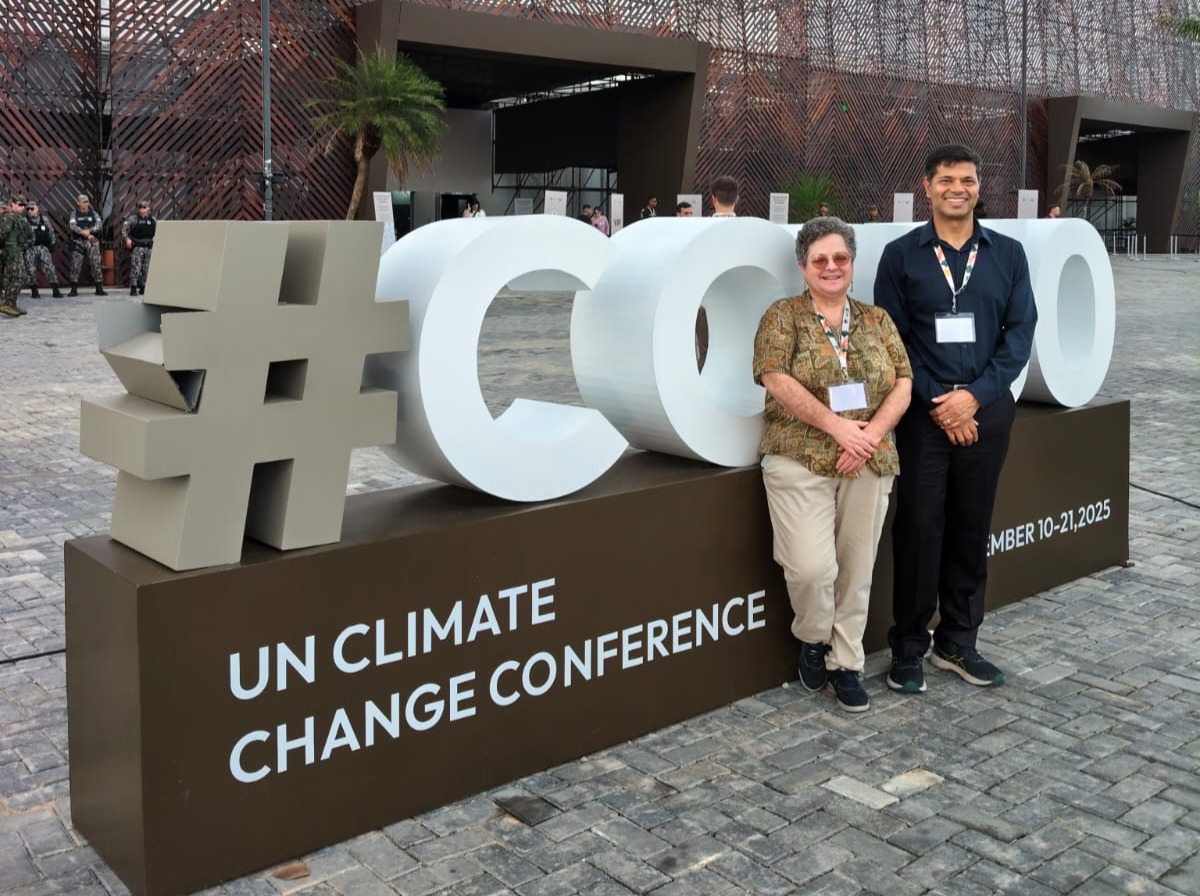New FAO Report Ranks Tajikistan Among World’s Most At-Risk Countries for Land Degradation – The Times Of Central Asia

Report on Land Degradation in Tajikistan and Implications for Sustainable Development Goals
Executive Summary
A report by the Food and Agriculture Organization of the United Nations (FAO) identifies Tajikistan as one of the nations most vulnerable to land degradation. This environmental crisis presents a direct threat to the country’s progress on key Sustainable Development Goals (SDGs), undermining efforts to achieve food security, reduce poverty, and promote sustainable economic growth. With agriculture serving as the primary source of employment, the degradation of soil resources poses significant socio-economic risks.
Key Findings on National Vulnerability
Tajikistan’s susceptibility to land degradation is rooted in a combination of structural, demographic, and environmental factors that challenge its sustainable development framework.
- Structural Pressures: The agricultural sector is characterized by over 1 million rural households and 181,000 dekhkan farms operating on extremely small landholdings. The average plot size is 0.2 hectares, with a median of just 0.1 hectares, leading to intense pressure on soil.
- Environmental Constraints: The nation has limited arable land and is heavily dependent on irrigation systems fed by glacial meltwater, making it highly sensitive to climate-related risks which are intensifying rapidly.
- Scale of Degradation: International experts estimate that nearly 70% of Tajikistan’s arable land is already degraded, directly impacting the 10% of the population living in these areas.
- Primary Drivers: The main causes of soil degradation are identified as erosion, salinization, and the depletion of essential nutrients.
Impact on Sustainable Development Goals (SDGs)
The ongoing land degradation in Tajikistan directly impedes the achievement of several critical SDGs.
- SDG 15 (Life on Land): The report’s findings are a stark indicator of the failure to meet Target 15.3, which aims to combat desertification and restore degraded land and soil. The widespread degradation undermines terrestrial ecosystems and soil biodiversity.
- SDG 2 (Zero Hunger): With agricultural yields already declining by at least 10% in some degraded regions globally, Tajikistan’s food security is at high risk. The inability to expand farmland means that achieving Zero Hunger depends entirely on improving the productivity of existing, and increasingly degraded, soil.
- SDG 1 (No Poverty) and SDG 8 (Decent Work and Economic Growth): Land degradation directly reduces rural incomes and threatens the viability of the agricultural sector, the nation’s largest employer. This contributes to poverty, forces migration, and undermines sustainable economic growth.
- SDG 6 (Clean Water and Sanitation) and SDG 13 (Climate Action): The country’s reliance on climate-sensitive water sources like glacial meltwater is exacerbated by land degradation, which affects water cycles and soil moisture retention. Addressing soil health is therefore a critical component of building climate resilience.
Prerequisites for Sustainable Agricultural Development
Given the constraints on land expansion, progress toward the SDGs requires a strategic shift in agricultural practices. The path to sustainable growth is dependent on targeted interventions.
- Improving soil quality and reversing nutrient depletion.
- Modernizing irrigation systems to ensure efficiency and stability of water access.
- Adopting modern and sustainable agricultural technologies.
- Reducing reliance on external inputs like fertilizers, which can exacerbate environmental pressures.
Analysis of Sustainable Development Goals in the Article
1. Which SDGs are addressed or connected to the issues highlighted in the article?
The article on land degradation in Tajikistan connects to several Sustainable Development Goals (SDGs) due to the interconnected nature of environmental health, agriculture, and socio-economic stability. The primary SDGs addressed are:
- SDG 2: Zero Hunger: The article’s core focus is on agriculture, soil quality, and agricultural yields, which are fundamental to food security and ending hunger.
- SDG 15: Life on Land: This is the most directly relevant SDG, as the article is entirely about land degradation, soil erosion, and the loss of productive land.
- SDG 1: No Poverty: The text links land degradation directly to reduced rural incomes and increased economic vulnerabilities, which are central concerns of SDG 1.
- SDG 6: Clean Water and Sanitation: The article mentions the critical role of irrigation systems and stable water access for agriculture, connecting the issue to sustainable water management.
- SDG 8: Decent Work and Economic Growth: Since agriculture is the “primary source of employment” in Tajikistan, the degradation of land threatens jobs and hinders sustainable economic growth in a key sector.
2. What specific targets under those SDGs can be identified based on the article’s content?
Based on the details provided, several specific SDG targets can be identified:
- Target 15.3: “By 2030, combat desertification, restore degraded land and soil, including land affected by desertification, drought and floods, and strive to achieve a land degradation-neutral world.”
- Justification: The article is centered on this target, stating that “nearly 70% of Tajikistan’s arable land is already degraded” and identifying the main drivers as “erosion, salinization, and nutrient depletion.”
- Target 2.4: “By 2030, ensure sustainable food production systems and implement resilient agricultural practices that increase productivity and production… and that progressively improve land and soil quality.”
- Justification: The article emphasizes that agricultural growth depends on “improving soil quality, upgrading irrigation systems… and adopting modern technologies” to counteract the effects of degradation.
- Target 2.3: “By 2030, double the agricultural productivity and incomes of small-scale food producers…”
- Justification: The text highlights the vulnerability of small-scale farmers by noting that the “average landholding is just 0.2 hectares” and that land degradation leads to “reduce[d] rural incomes.”
- Target 1.5: “By 2030, build the resilience of the poor and those in vulnerable situations and reduce their exposure and vulnerability to… environmental shocks and disasters.”
- Justification: The article describes Tajikistan as one of the “countries most vulnerable to land degradation” and notes that this environmental pressure exacerbates “social and economic vulnerabilities.”
3. Are there any indicators mentioned or implied in the article that can be used to measure progress towards the identified targets?
Yes, the article mentions several quantitative and qualitative indicators that can be used to measure progress:
- Proportion of land that is degraded: The article explicitly states that “nearly 70% of Tajikistan’s arable land is already degraded.” This is a direct indicator for Target 15.3. Tracking this percentage over time would measure progress in restoring land.
- Population living on degraded land: The text mentions that “10% of the population living in affected areas.” This metric can be used to assess the human impact of land degradation and the success of restoration efforts.
- Agricultural yields/productivity: The article notes that in some regions, “agricultural yields have already declined by at least 10%.” This implies that crop yield is a key indicator for measuring the impact of degradation and the effectiveness of sustainable practices (Target 2.4).
- Rural income levels: The statement that environmental pressures “reduce rural incomes” implies that income is a crucial socio-economic indicator for assessing the well-being of small-scale farmers (Target 2.3).
- Average size of landholdings: The article specifies the “average landholding is just 0.2 hectares.” This provides a baseline for understanding the scale of farming operations and their vulnerability.
4. Summary Table of SDGs, Targets, and Indicators
| SDGs | Targets | Indicators Identified in the Article |
|---|---|---|
| SDG 15: Life on Land | 15.3: Combat desertification, restore degraded land and soil. | Percentage of arable land that is degraded (currently “nearly 70%”); Drivers of degradation (erosion, salinization, nutrient depletion). |
| SDG 2: Zero Hunger | 2.4: Ensure sustainable food production systems and improve land and soil quality. | Decline in agricultural yields (mentioned as “at least 10%” in some regions); Need for improved soil quality and upgraded irrigation. |
| SDG 2: Zero Hunger | 2.3: Double the agricultural productivity and incomes of small-scale food producers. | Average landholding size (“0.2 hectares”); Reduction in rural incomes due to environmental pressures. |
| SDG 1: No Poverty | 1.5: Build the resilience of the poor and reduce their vulnerability to environmental shocks. | Percentage of population living in affected areas (“10%”); Increased social and economic vulnerabilities; Forced migration. |
Source: timesca.com
What is Your Reaction?
 Like
0
Like
0
 Dislike
0
Dislike
0
 Love
0
Love
0
 Funny
0
Funny
0
 Angry
0
Angry
0
 Sad
0
Sad
0
 Wow
0
Wow
0














































.jpg.webp?itok=0ZsAnae9#)







:focal(1500,1000)/https://media.globalcitizen.org/a6/9a/a69a4720-d8a1-4715-b596-18738d03c05c/rotary_polio_hero_image.jpg?#)

/countries/sri-lanka/photo-credit---dmc-sri-lanka.tmb-1200v.jpg?sfvrsn=dc298bcc_1#)




















